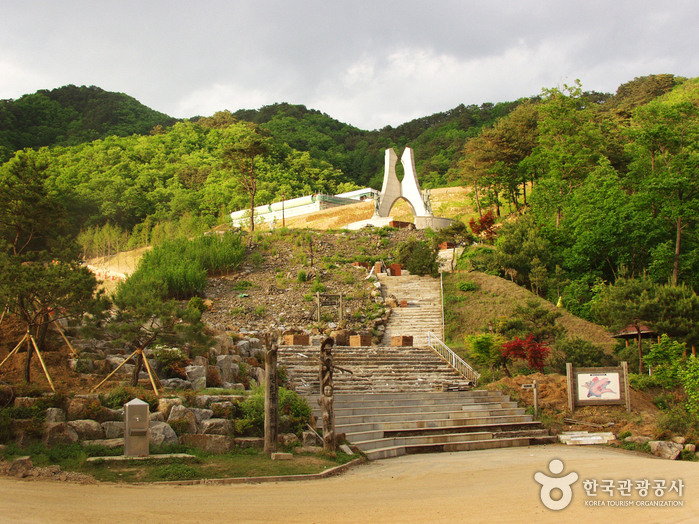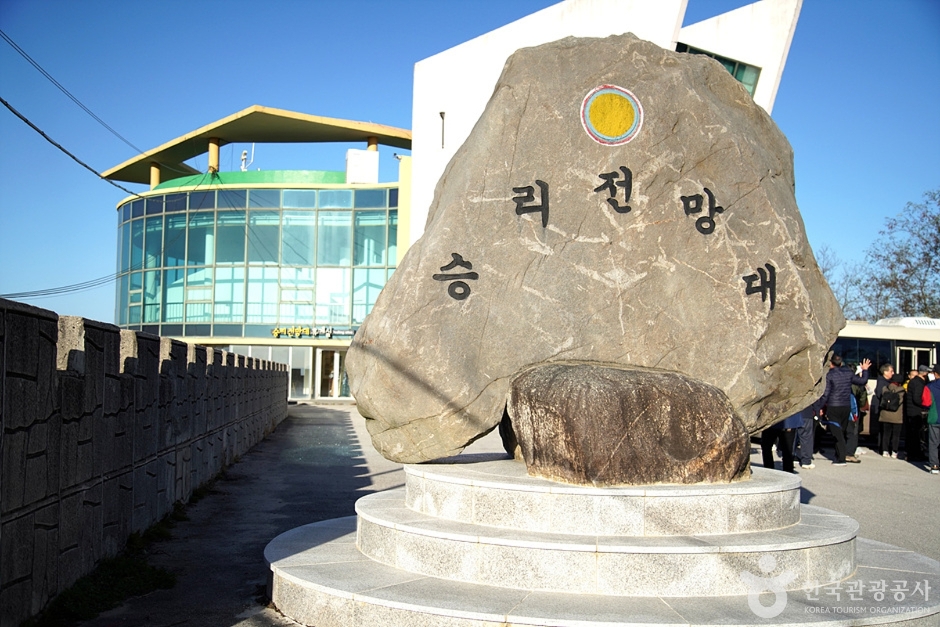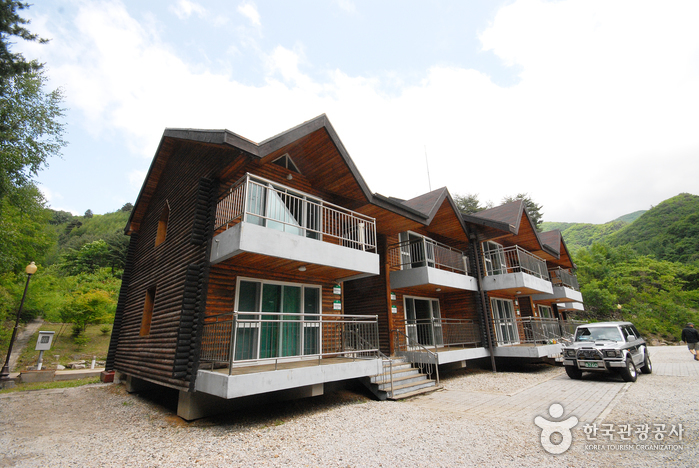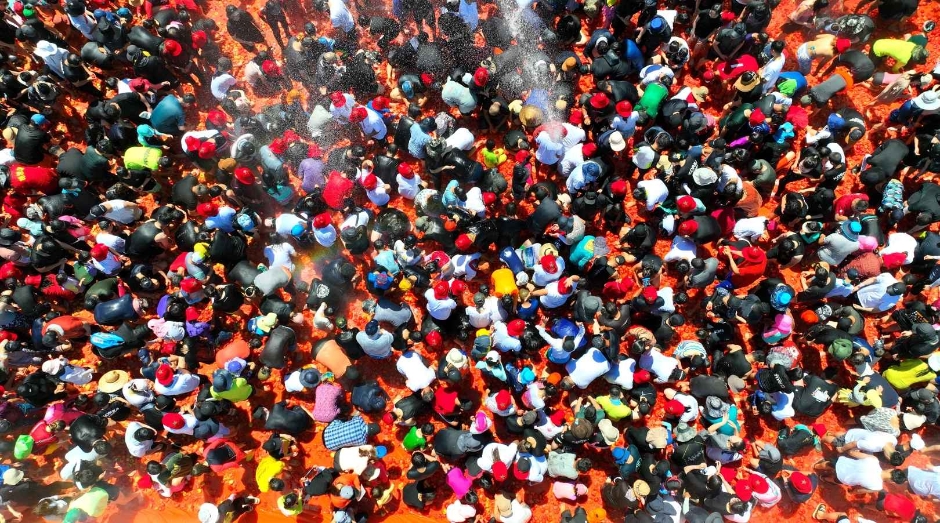Hwacheon Bimok Park (화천 비목공원)
16.2Km 2021-08-18
3481-70, Pyeonghwa-ro, Hwacheon-gun, Gangwon-do
+82-33-440-2225
Peace Dam was built over a period of 15 months from February 1987 to May 1988 with funds donated by the general public in response to North Korea’s construction of Geumgangsan Dam and a potential flooding attack. The flood control dam has proved its worth during the floods of 1995, 1996, and 1999 and it has become a major tourist destination over the years. Located in the vicinity of Peace Dam is Bimok Park, which is the origin of the famous national song “Bimok.”
In addition to the war monuments inside the park, there are around a dozen wooden crosses with rusty iron helmets placed on top within the barbed wire entanglements around the hill, thereby reminding visitors of the national tragedy of the Korean War. The county of Hwancheon hosts the Bimok Cultural Festival from June 3 to June 6 every year at Bimok Park, Bungeoseom Island by the town’s riverside, and the surrounding areas. The four-day festival offers a variety of events such as a singing contest, memorial ceremony of poetry reading, bimok tree cutting contest, rice ball eating contest, army life experience, military music parade, and more.
Crossing over to Yanggu County from Peace Dam, there is a national security education place comprised of attractions like the 4th Underground Tunnel and Eulji Observatory. Paroho Lake Battlefield Tourist Park is also worth a visit after looking around Peace Dam. Also known as the “ocean within mountains,” Paroho is a manmade lake created as a result of the Hwacheon Dam construction in 1944. The lake is home to over 70 different species of freshwater fish such as mandarin fish and carp. It also holds the sorrowful history of the water burial of three whole divisions of the Chinese Forces in defending the lake during the Korean War. The name Paroho, meaning “enemy breaking lake,” was given after the late president of Korea, Rhee Syngman, visited the place and designated a plaque in his own handwriting in memory of obtaining victory in fierce battle. There is an observatory, a security hall, and a stone monument engraved with the poetry of Wolha Rhee Taegeuk (1913-2003).
Seungni Observatory (승리전망대)
16.5Km 2024-03-20
Gwangsam-ri, Geundong-myeon, Cheorwon-gun, Gangwon-do
Seungni Observatory is the nearest to North Korea that is accessible to civilian visitors. It offers an expansive view of the Demilitarized Zone (DMZ) and the areas of North Korea beyond it. Inside the observatory, there is an exhibition hall dedicated to the DMZ and North Korea. Located within the Civilian Control Zone (CCZ), the observatory strictly prohibits photography outside of designated areas. All visitors are required to always carry personal identification.
Bokjusan National Recreational Forest (국립 복주산자연휴양림)
18.2Km 2021-06-07
818, Haojae-ro, Cheorwon-gun, Gangwon-do
+82-33-458-9426
Bokjusan National Recreational Forest was officially designated as a national recreational forest in 1998. It is a home to a wide variety of flora and fauna, as well as numerous recreational facilities including two hiking routes (2.5 ㎞ and 1.5 ㎞) to the Bokjusan Mountain summit, Forest Recreation Center equipped with 10 guest rooms, and a campground.
Just 15 minutes by car from the forest is Maewoldae, where Joseon dynasty scholar and author Kim Si-Seup lived in seclusion. Maewoldae is surrounded by a lush forest with a deep valley, and also offers a magnificent view of Seonampokpo Falls at the foot of the mountain standing across. At the entrance of Maewoldae is the Cheongseokgol Outdoor Studio, where popular Korean TV dramas such as "Im KkokJong (1996)" and "Damo (2003)" were filmed.
Hwacheon Tomato Festival (화천토마토축제)
19.6Km 2024-08-09
6 Munhwamaeul 1-gil, Hwacheon-gun, Gangwon-do
+82-33-440-2912
The Hwacheon Tomato Festival is held annually over four consecutive days in August in the area of Culture Village in Sanae-myeon, Hwacheon-gun. Starting off with a pre-event on the eve of the opening, it is followed by various exhibitions, hands-on programs, performances including tables with seating for one thousand people, finding a tomato gold ring, let’s play with tomato, tomato summer festival, tomato soccer, children’s swimming pool, and other varied programs related to tomatoes. Tomato sales and other programs will give excitement to every visitor.




 English
English
 한국어
한국어 日本語
日本語 中文(简体)
中文(简体) Deutsch
Deutsch Français
Français Español
Español Русский
Русский